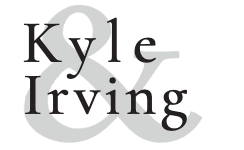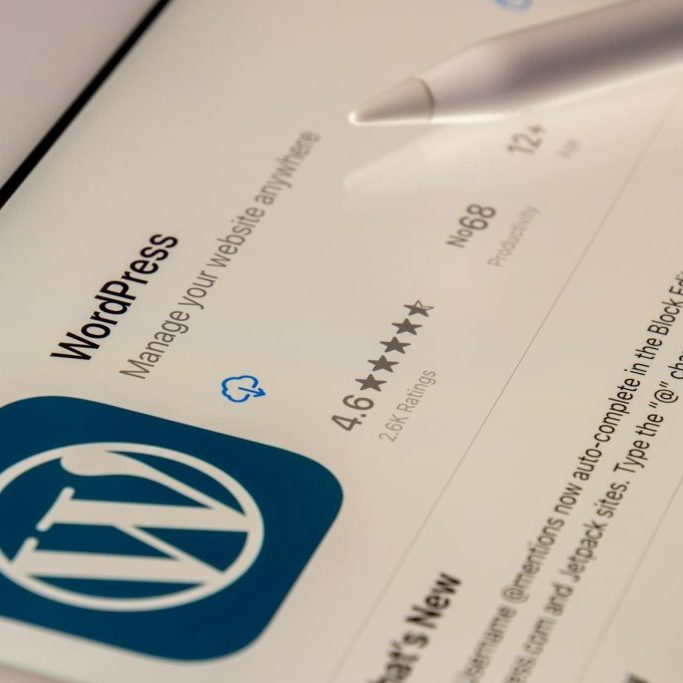When I first installed WordPress back in 2009, I had no idea it would become such a key part of my work and life. Over the years, WordPress has evolved from a simple blogging tool into the world’s most widely used content management system, powering nearly half of the web. It’s been an incredible journey, both for WordPress and for me as I’ve watched it transform from a scrappy underdog to the powerhouse it is today.
Approximate reading time: 6 minutes
My First “5-Minute Install” (and Why I Stuck with WordPress)
I’ve been using WordPress since 2009. I still remember my very first “5-minute install”—though I think it probably took at least a couple of hours! At the time, there were more experienced people telling me that other platforms like Drupal or Joomla were better options, more powerful and feature-rich. But as a novice, WordPress made sense to me the quickest, so I stuck with it.
Looking back, I realise that choosing WordPress was a bit of luck. It was like betting on VHS in the VHS vs Betamax debate. WordPress might not have been the most technically advanced CMS at the time, but it was easy to onboard, had an intuitive interface, and quickly became the most popular choice. It was the platform that was built to last, and now, incredibly, it powers nearly 43% of the world’s websites (and that number continues to grow).
At that time, WordPress was still primarily a blogging tool, riding the wave of the social media explosion. But its open-source nature was a game-changer. Even by 2009, just six years after its launch, there was already a vibrant ecosystem of add-ons, themes, and tools to support users like me. That ecosystem became the glue that kept me committed and kept WordPress evolving.
Chet Baker, Jazz, and Version 2.8
As a huge fan of jazz, one of the quirky details that kept me engaged with WordPress was its playful nods to jazz music. WordPress version 2.8, launched in June 2009, was named after legendary jazz trumpeter Chet Baker. At the time, I was immersing myself deeper into jazz, so this little connection resonated on a personal level. It was a small touch, but it made WordPress feel more human, more relatable—like the people behind it shared some of my interests.
The Big (and Small) Changes Over the Years
The advancements I’ve seen in WordPress have been phenomenal. What’s curious is that, because it’s been a daily task for me, these changes have often felt incremental. It wasn’t until I looked back that I realised just how much the platform has evolved.
Some of the major milestones that still stand out to me:
- 2010 – Custom Post Types (Version 3.0, “Thelonious” named after Thelonious Monk): The ability to create Custom Post Types was one of the most powerful shifts in WordPress’s history. It took WordPress from being just a blogging platform to a fully-fledged CMS. This feature allowed developers to move beyond standard posts and pages, enabling the creation of eCommerce sites, portfolios, and directories.
- 2012 – Media Manager (Version 3.5, “Elvin” named after Elvin Jones): I honestly don’t know how we got by before the new media manager arrived. It made uploading and managing media assets so much easier. A true lifesaver.
- 2013 – OEmbeds (Version 3.6, “Oscar” named after Oscar Peterson): Not having to manually insert iframes anymore was a game-changer. The ability to simply paste a URL and have WordPress handle the embedding was such a time-saver and simplified workflows for so many users.
- 2016 – REST API (Version 4.7, “Vaughan” named after Sarah Vaughan): The introduction of the REST API opened WordPress up to a new world of possibilities, allowing developers to integrate it with external platforms and services. This turned WordPress into a headless CMS, separating the back-end from the front-end and enabling the development of more complex web applications.
- 2018 – Gutenberg Block Editor (Version 5.0, “Bebo” named after Bebo Valdés): The shift to the Gutenberg editor was a major change in how content was created in WordPress. Moving to a block-based system for content creation allowed users to create more dynamic layouts without needing to code. Initially met with mixed reactions, it has since become an essential tool for WordPress users.
There were also challenges along the way. I remember when Apple stopped supporting Adobe Flash in 2010, which led to WordPress discontinuing Flash support. At the time, many websites, including mine, relied on Flash for videos, and the change was disruptive. But this eventually led to the broader adoption of HTML5 for video, which was faster and more universally supported.
It’s Always About the People: The WordPress Ecosystem
The thing about WordPress isn’t just the platform itself. It’s the ecosystem, the people, and the open-source community that keep it alive and vibrant. Even in 2009, I was already working with theme and plugin developers, and that collaboration made the journey more fun and more manageable.
WordPress’s credibility grew even more when, in 2013, the Obama administration adopted WordPress to power the White House website (whitehouse.gov). This marked a significant milestone, showing that WordPress could scale and handle the security demands of a high-profile institution like the U.S. government. The platform’s adaptability and open-source nature made it the perfect choice for such a large, dynamic site.
The open-source nature of WordPress bonds people, but it can also bring a bit of drama. The community has been ingenious in building add-ons that take the simple premise of WordPress and turn it into something far more powerful. Take WooCommerce, for instance—it enabled online shopping long before platforms like Shopify started aggressively marketing themselves as the “go-to” eCommerce solution. Interestingly, WooCommerce itself was a fork of Jigoshop, an early eCommerce plugin for WordPress, which some might argue reflects the drama that can exist within the WordPress ecosystem.
What Would I Change About WordPress?
This is a tricky one because we all want a more streamlined version. However, with WordPress, part of the appeal lies in its flexibility and adaptability. Almost everything can be modified with some effort and technical know-how. Whether it’s tweaking functionality, customising themes, or building entirely new solutions, WordPress provides the tools to make nearly anything possible if you’re willing to invest the time required.
As much as WordPress—and all of its competitors—try to sell themselves with the line “there’s no need to code,” that’s not always the reality. There are countless situations where coding is still necessary to achieve the desired level of customisation. Whether it’s creating custom post types, developing advanced themes, or fixing plugin conflicts, a bit of coding knowledge often creeps in, especially for more complex sites.
Why WordPress Endures
In the end, WordPress endures because it’s more than just a platform. It’s a community—a collective of developers, designers, and users working together to push the boundaries of what WordPress can do. Its open-source nature has fostered collaboration and innovation, making it accessible to both novices and seasoned developers alike.
WordPress’s ability to adapt to user needs, from its early days as a blogging platform to a full-fledged content management system, is what makes it so powerful. It’s flexible enough for small personal blogs and robust enough to power major websites like the White House and countless eCommerce stores through platforms like WooCommerce.
Despite the challenges—like security vulnerabilities and the learning curve that inevitably creeps in—WordPress continues to evolve, providing a platform that grows with its users. Whether you’re just getting started or you’ve been using it for years, WordPress offers endless possibilities, allowing you to create, customise, and innovate.
As Charles Mingus said:
“Anyone can make the simple complicated. Creativity is making the complicated simple.”
That’s why, after all these years, WordPress remains my platform of choice. It’s not just about the code or the features—it’s about being part of something bigger, a global community that’s constantly driving the platform forward.
Photo by Souvik Banerjee on Unsplash

